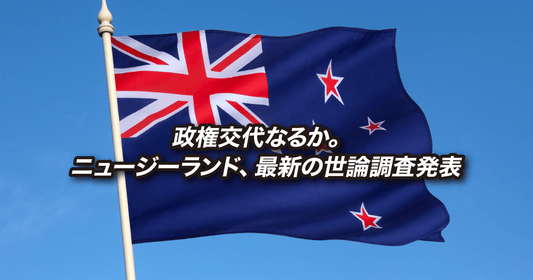
Here's some New Zealand animal news from July, starting with some shocking (for some fans) events.
The two chicks finally meet!
Albatross chicks livestreaming from their habitat on the Otago Peninsula.
Now in his sixth month, he has grown noticeably and his feathers are growing back. His range of movement has expanded considerably from the time he could only walk a few steps before. Therefore, in the June animal news, we introduced him saying that the day when this chick, Tiaki, will meet another chick living nearby is approaching!
Everyone was hoping that the chicks would get along and play together, but...
Tiaki is challenged to a fight by her neighbor, "SSTrig" (all the chicks except Tiaki have code names)! The long-awaited meeting ends in disaster. Please watch from around 5:30.
Tiaki seems to be talking to SSTrig, but the next moment, SSTrig claps its beak furiously and approaches. Tiaki looks surprised and backs away. In the end, Tiaki trudges off the screen. The live broadcast camera is hijacked. Apparently, SSTrig's mother is quite strong-willed. Her daughter, SSTrig, seems to have inherited that temperament, and is bold enough to bite not only Tiaki, but also the nature rangers who come to weigh her.
Fans who were hoping to see the two become best friends will be disappointed.
7/23 #RoyalCam chick gets her bling.
— RoyalAlbatrossCam (@RoyAlbatrossCam) July 23, 2021
Click the link to watch Tiaki's banding. https://t.co/7m8i8ts0gM
Each 2 bands has an unique identifier. The temp. white band assists colony ID, as the chicks are more mobile before fledging.
Tiaki is no. 60. https://t.co/9A481yiiom pic.twitter.com/6XweCt9aJe
On July 23, the chicks had two bands attached to their legs, one to identify their habitat and the other to identify them individually.
7/29 9:57 #RoyalCam weigh day.
— RoyalAlbatrossCam (@RoyAlbatrossCam) July 29, 2021
Tiaki had her weight check, along with some leg band maintenance, to make sure it is extra secure.
She is 186 days old & after a big week of feeding, weighs 9.2 kg. SSTrig is 9.0 kg (185 days).
Great weights. https://t.co/9A481yiiom pic.twitter.com/JiZrteMait
At the end of the month, we checked to make sure the bands were attached properly. Tiaki, who had just eaten, was 9.2kg, and SSTrigh next to him was 9kg. The chicks will leave the nest in mid to late September. It's just around the corner.
A restaurant for dogs opens
There are many cafes in New Zealand that allow dogs, but most of them have terrace seating, and dogs usually wait at their owners' feet while they eat.
Although we can exercise and travel together, our dogs can't eat the same foods as us.
Sam Kim, who cares for a two-year-old Maltipoo (a mix of Maltese and Poodle), was dissatisfied with this situation.
First, Kim launched an online shop selling luxury dog food that tastes just like human food in 2019, and now she's planning to open New Zealand's first restaurant for dogs.
Pizza and
fried chicken
All of these are edible for dogs. The pizza dough is made from sweet potato, the fried (not actually fried) chicken is coated in pumpkin, and all the other fresh ingredients are edible by humans (though of course, it has no taste when eaten by humans).
Kim's mother, Sunny Won, developed the recipes. She even went to South Korea to get certified as a "pet chef." She is currently experimenting with wine, ice cream, and macarons for dogs.
A restaurant where dogs can actually eat these dishes in-store will soon be opening in Auckland, and it will even have custom-made tables just for dogs.
Can cows also sleep soundly?
Research focusing on cow sleep is being conducted on a farm in the Manawatu region (about a two-hour drive north from Wellington, the capital of the North Island).
Although there has been some research into cow sleep up until now, it was not clear how much sleep cows needed or how important sleep was to their health.
"This is what Laura Hunter, who is in charge of the study, said.
Sensors are attached to the cows' bodies to monitor their sleep, and it's interesting to note that the sensors are able to measure the cows' sleep cycles quite accurately, revealing a pattern of them taking a nap in the morning (the cows are milked from 4am) and then sleeping most of the night.
Manawatu dairy farmer Hayley Hoogendyk
This is very valuable research. Of course, cows can't talk, so they can't tell us what they need. If we can use this sleep research to improve cow health care, it will be a great benefit for both us and the cows.
Sleep is important for the health and recovery of cows, as well as humans. Future research will shed light on how cows sleep in pastures, what conditions affect their sleep, and how much this affects the health and happiness of the cows.
It is hoped that this research will also be applied to other livestock.





